Ignore the haters – the Galaxy S23 Plus is the perfect middle child
You know which sibling is always the fun one
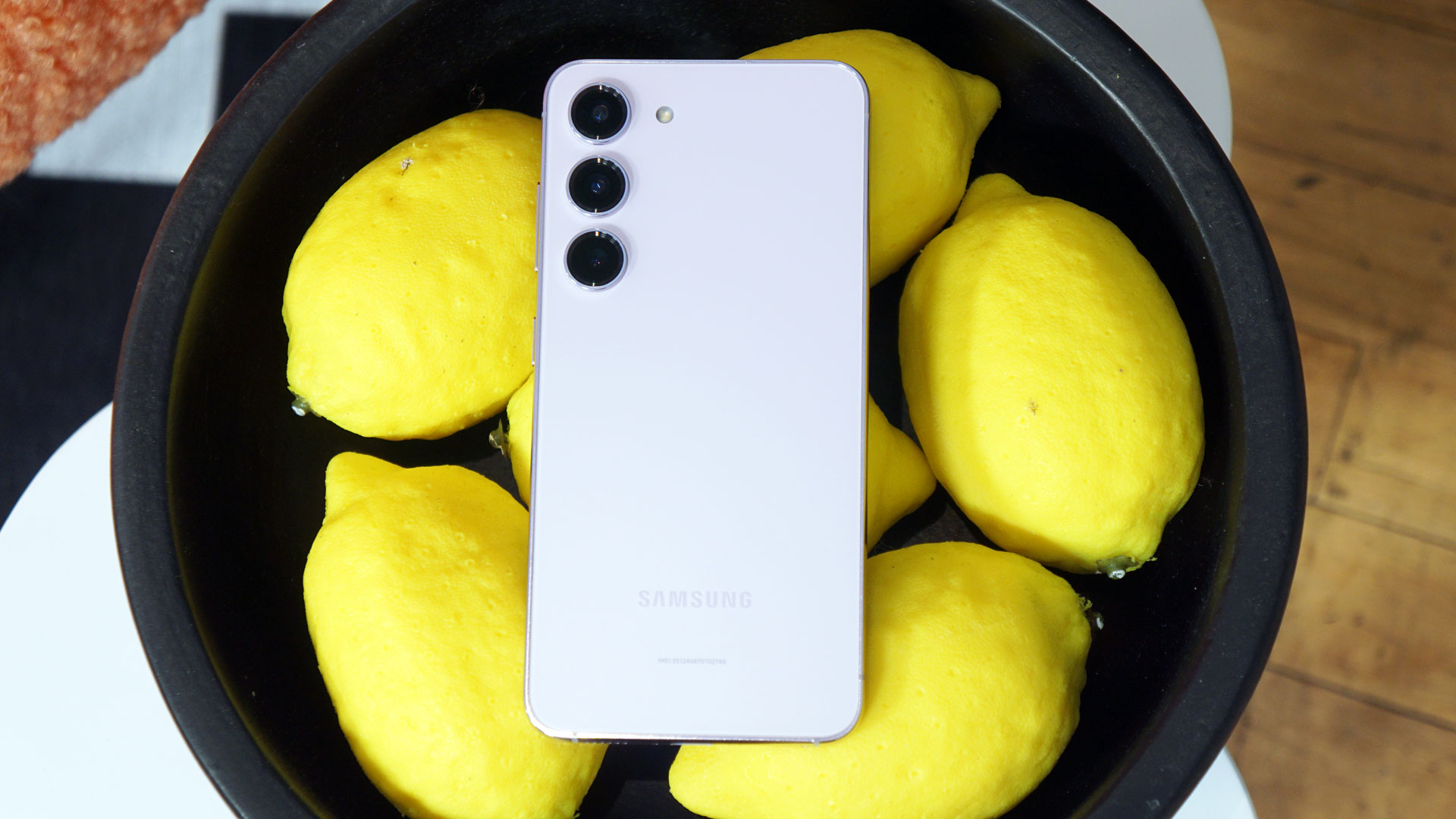
In today’s hierarchy of smartphones, the Plus models get a bad rap. The base-model phones, like the Galaxy S23 and the iPhone 14, are the least expensive. The Ultra and Pro Max have the coolest stuff. Plus phones? Why do they even bother? I’m here to tell you to ignore the haters, and to say that the Galaxy S23 Plus is the cool one in the S23 lineup, in that same rebellious way that the middle child is the cool one.
Samsung was smart with its phone family this year, and it didn’t underpower the less expensive models. Sure, the Galaxy S23 Ultra gives you a lot more – so much more that Samsung couldn’t even mention all of that phone's key features during its Unpacked presentation. That doesn’t mean it’s more powerful than the more affordable phones, though.
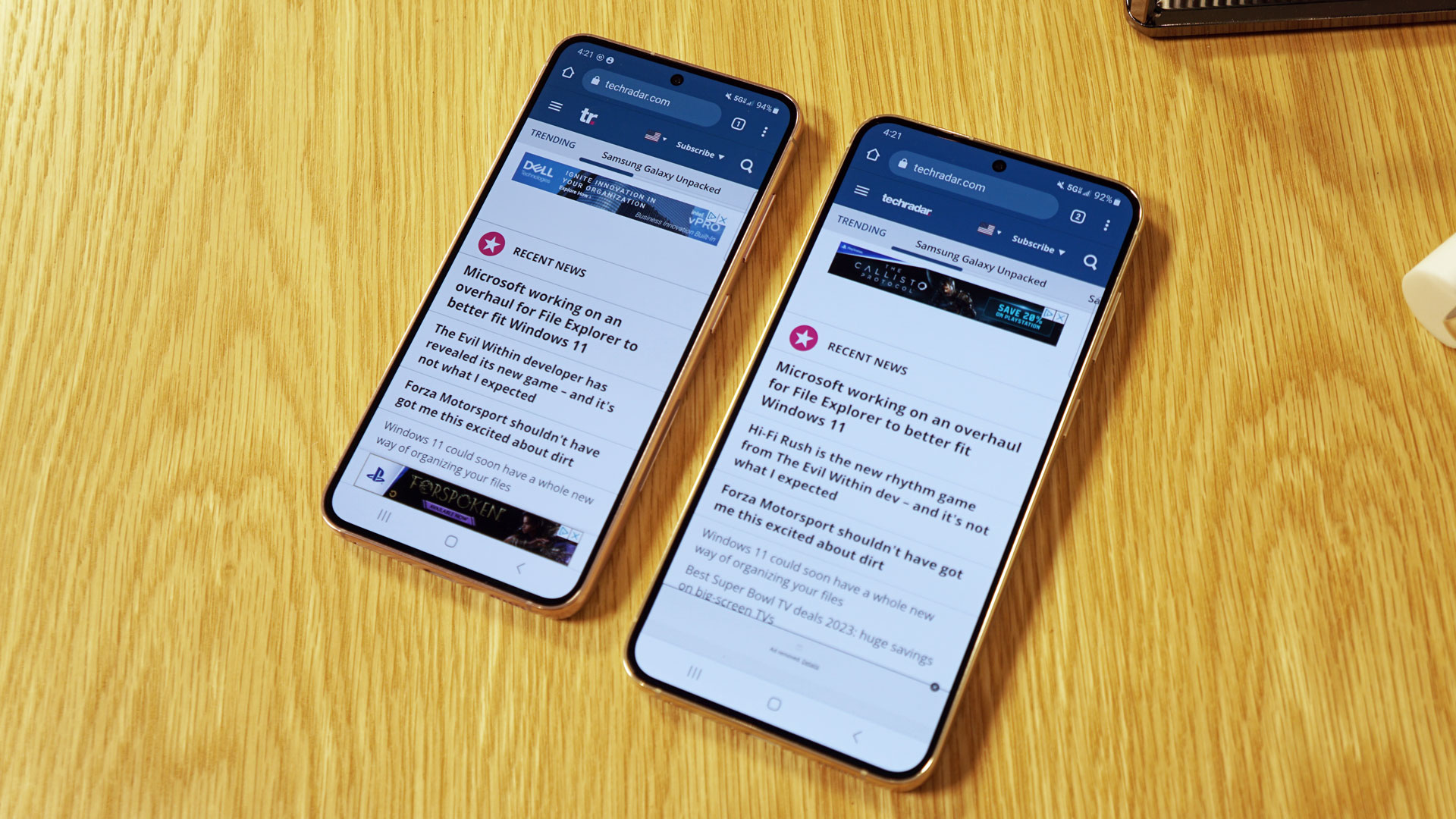
Each of the Samsung Galaxy S23 devices is powered by the Qualcomm Snapdragon 8 Gen 2 for Galaxy Mobile platform. That ‘for Galaxy’ bit means the primary core on the CPU has been overclocked, so Samsung’s Gen 2 chips will be faster than competing phones using the same Qualcomm chipset, we presume.
This means that the Galaxy S23 will be one of the fastest phones you can buy, just like the Galaxy S23 Ultra. The Galaxy S23 Plus will also have the same graphics power and raw processing that you’ll find on the more expensive Ultra.
The Snapdragon powers the camera as well
In contrast, Apple didn't give its iPhone 14 or iPhone 14 Plus the newest A16 Bionic chipset. Those phones are using the same A15 Bionic platform as the aged iPhone 13 Pro. If you buy a less expensive Plus-sized iPhone, you're getting a slower device.
Instead of following Apple, Samsung followed in Google’s footsteps. The Pixel 7 has the same Tensor G2 chipset as the Pixel 7 Pro. That platform enables some excellent features that are exclusive to Pixel 7 devices, including photo unblur, which I love.
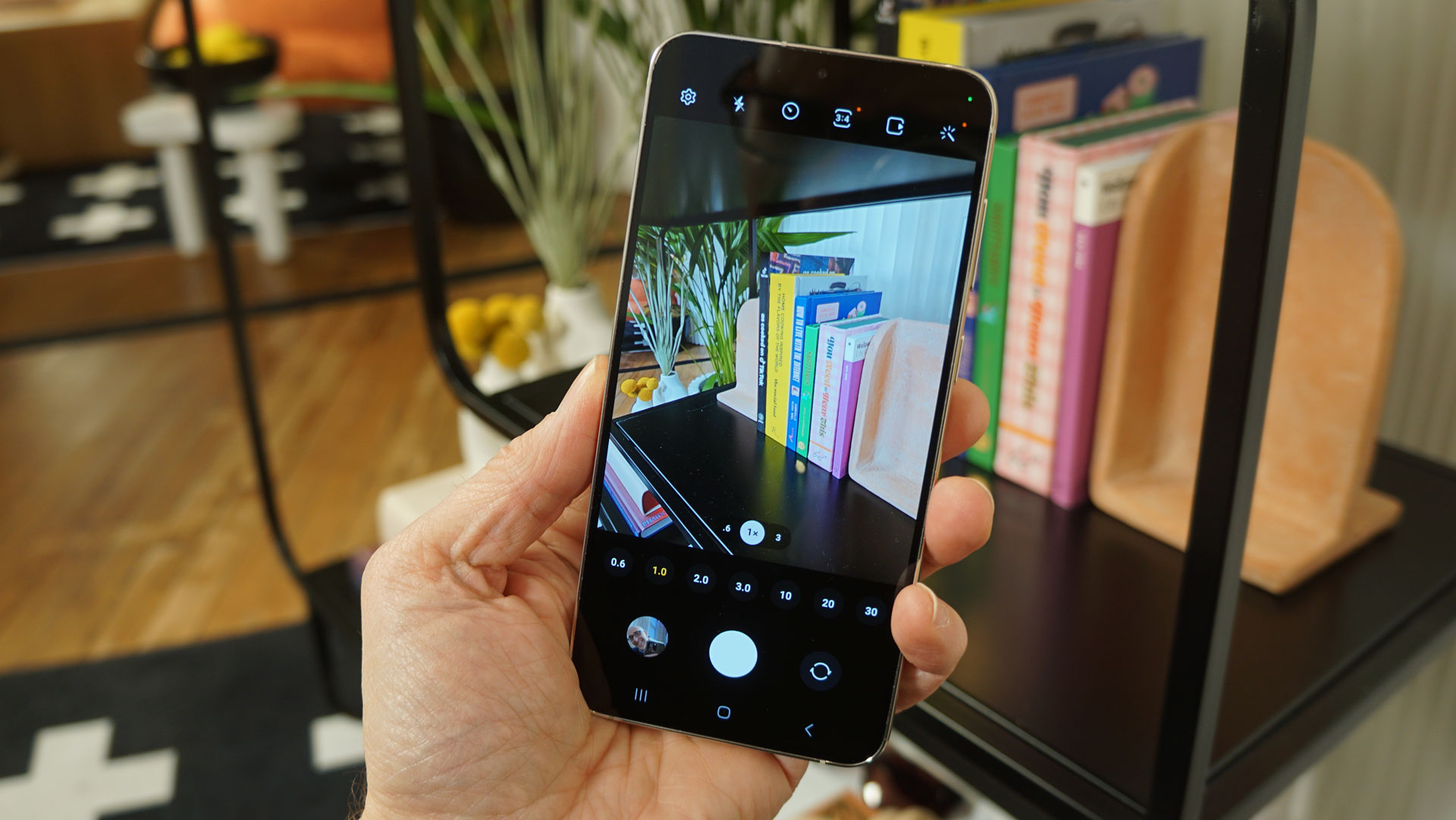
For the same reason, it’s important for the Galaxy S23 Plus to have the same powerful Snapdragon 8 Gen 2 (do I have to say ‘for Galaxy’ every time?!). Much of the camera work takes place on the mobile platform. The camera sensor collects data, then the Snapdragon processes that data into an image.
By giving the Galaxy S23 Plus the same chipset as the Ultra, that phone gets an effective camera upgrade, even though the pixel count remains the same. The sensor is also improved, and Samsung has undoubtedly improved its pixel-binning techniques to bring those unruly 50MP images down to a sharable 12MP or so.
The feature that really WOWS me on iPhone
So, I’ve made the argument for buying the more affordable Galaxy S23 devices, but why the Plus? What does the Plus give me over the Galaxy S23? Well, have you ever lost your keys? The Galaxy S23 Plus can give you back your lost keys.
That’s because the Plus model, like the Ultra, gets ultra-wideband technology (UWB). This is the same radio technology that Apple uses in its AirTag accessories. An accessory that uses UWB can be found with supreme accuracy using a compatible phone. The Galaxy S23 Plus could literally point you in the direction of your keys, your wallet, your luggage, or your children.
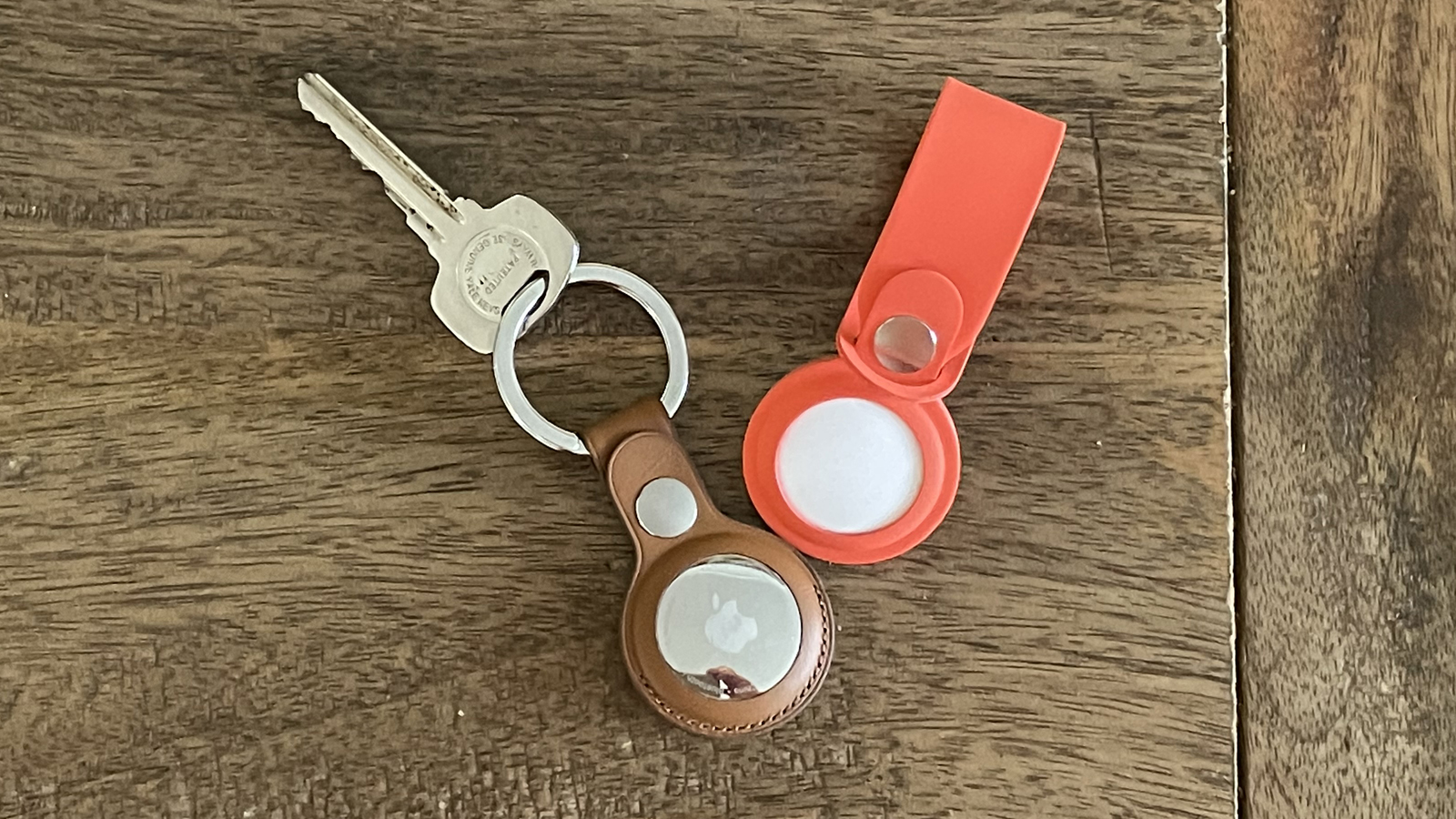
That is a seriously cool feature, and if I had to choose between omitting a super-high-megapixel camera or losing UWB features, I’d pick the device that keeps UWB and shirks the big sensor.
I’ve only started using AirTags recently with my iPhone, but the experience is one of those 'wow' moments when technology is startlingly good. The first time I needed to find my keys, my phone didn’t just make them ring a jingle – my phone actually pointed me in the right direction and helped me find them. I felt like I was living in a spy movie.
Then I slipped an AirTag into my luggage on my way to the CES tech show in Las Vegas. While all the other passengers were standing at the carousel tapping their feet and waiting, I was calmly playing games on my phone. I knew that the bags were still on the plane because I could see the location of my AirTag. I had no anxiety from waiting and wondering when the bags would arrive.
I'll miss the zoom, but I'd miss my wallet more
It can party longer... but it’s not dumb enough to lose its keys
The 50MP camera on the Galaxy S23 Plus will take amazing photos. They may not match the diverse range of shots or the incredible detail you’ll get from the Galaxy S23 Ultra, but they’ll still be better than the camera phone you owned last year – and that one was probably pretty good, too.
Aside from the UWB technology, the Galaxy S23 Plus gets a few upgrades that really matter. Because it’s a bigger phone, it gets a bigger battery inside. It’s not a massive difference, but it could last a few hours longer than smaller devices.
Samsung also starts the Galaxy S23 Plus with 256GB of storage. With judicious cloud synchronization, you can get away with 128GB, but if you really want to shoot a ton of 4K Super HDR video at 60fps, you’ll be thankful for the extra storage space on board.
The Galaxy S23 Plus starts at $999.99 / £1,049 / AU$1,649, which is $200 / £200 / AU$300 more than the Galaxy S23. When you consider what you get, it’s a worthwhile upgrade.
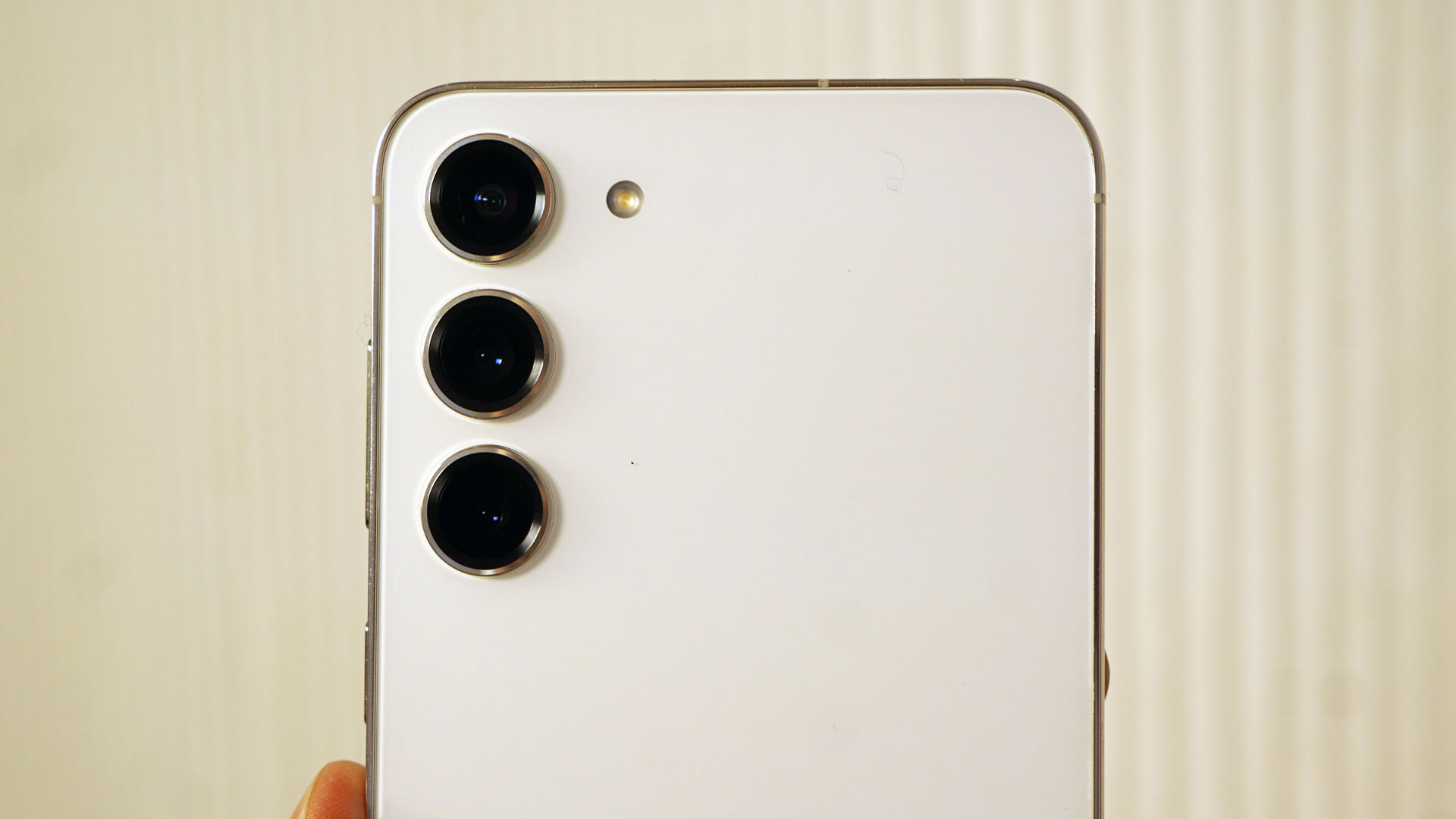
You get a bigger display, a bigger battery, and twice the storage capacity. You also get the fantastic UWB features. The Galaxy S23 Plus is truly a great middle-child story. It isn’t as serious and scholarly as the bigger Galaxy S23 Ultra, but it can party longer than the Galaxy S23, and it’s not dumb enough to lose its keys on the subway ride home.
If the Galaxy S23 Ultra is too much phone for you, the Galaxy S23 Plus might be just right. Ignore the haters who ask why this phone needs to exist. It deserves as much love as the rest of the family.
Get daily insight, inspiration and deals in your inbox
Sign up for breaking news, reviews, opinion, top tech deals, and more.

Phil Berne is a preeminent voice in consumer electronics reviews, starting more than 20 years ago at eTown.com. Phil has written for Engadget, The Verge, PC Mag, Digital Trends, Slashgear, TechRadar, AndroidCentral, and was Editor-in-Chief of the sadly-defunct infoSync. Phil holds an entirely useful M.A. in Cultural Theory from Carnegie Mellon University. He sang in numerous college a cappella groups.
Phil did a stint at Samsung Mobile, leading reviews for the PR team and writing crisis communications until he left in 2017. He worked at an Apple Store near Boston, MA, at the height of iPod popularity. Phil is certified in Google AI Essentials. He has a High School English teaching license (and years of teaching experience) and is a Red Cross certified Lifeguard. His passion is the democratizing power of mobile technology. Before AI came along he was totally sure the next big thing would be something we wear on our faces.